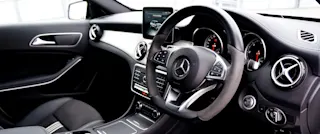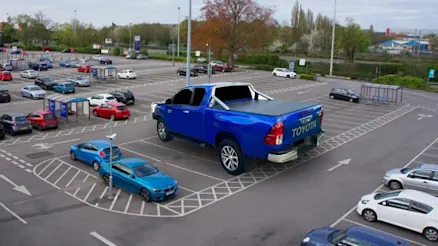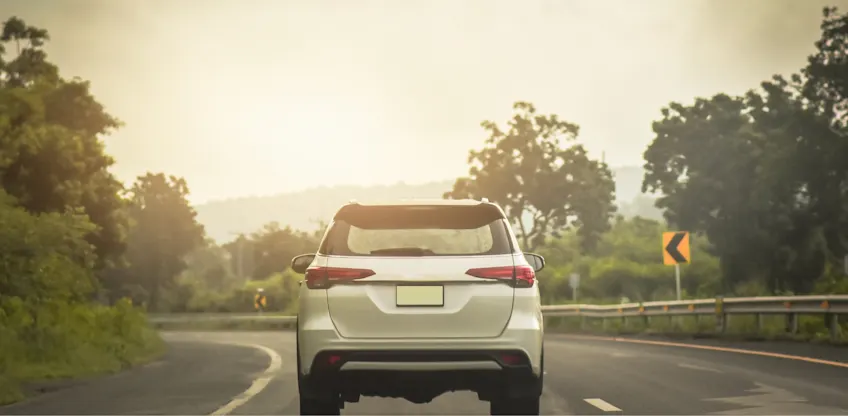
Hot take: All uncool cars become cool given enough time
Given enough time, even cars that were total duds end up with devotees. Here are the reasons that uncool cars become cool with enough time.



Given enough time, even cars that were total duds end up with devotees. Here are the reasons that uncool cars become cool with enough time.

Could a mandatory driving test every 10 years make our roads calmer and safer? Let’s look at the key reasons this idea might not be so silly after all.

Thinking about getting a massive ute for city life? Think again. Do you actually need one or is it just aspirational?
Modern car safety features undoubtedly save lives, but they’re also making us worse at driving. Both of these statements can be true at the same time, and I’m about to explain why.
I drive around 200,000 to 300,000 km each year in my role in vehicle acquisitions, and I see a lot of driver distraction on a daily basis along with bad crashes – particularly on the major arterials heading out of Sydney. Cars are safer than ever before, yet road deaths have been rising for the last few years. I’d argue that modern car safety systems play some part in that as overreliance leads to driver distraction and inattention.
It’s easy to see how you might drive a bit more casually when you have a whole list of safety features backing up your every move. After all, why not drive a little closer to that car in front when the Automatic Emergency Braking should kick in if it’s needed? The same goes for checking nearby lanes and blind spots. With cars getting smarter, it’s all too easy to forget we’re driving around 1-2 tonne machines that we really should control with care.
It turns out a heavily automated car can lead to drivers getting bored and starting secondary activities, even when they’re supposed to be watching the road. Research has found that drivers using advanced driver assist are almost twice as likely to engage in distracted driving such as checking their phone or eating a sandwich – and particularly so once they get used to the system.
This isn’t just a phenomenon on the roads, by the way. There are various studies and findings in the aviation industry that suggest overreliance on automation is also a concern in the skies.
When we start to delegate more responsibility to the vehicle we’re controlling, we end up leaving way less room for error – and ultimately devolving as drivers!
It’s not just the complacency that’s an issue with safety features – they can also be quite a distraction. Given that distraction is the main factor for about 16% of Australia’s serious casualty road crashes, this issue is about more than just minor inconvenience.
All those safety beeps, boops and dings don’t just pull attention away from the road – they can actually shape driver behaviour. In early research from the US, drivers actually tended to shape their driving behaviour to pre-empt or avoid safety warning alerts, such as jiggling the steering wheel at certain intervals. The same study showed that the longer the driver had used the system, the quicker they took their hands off the steering wheel once the alert stopped. In short: we not only get distracted by these features, but some of us even shape our driving behaviour for the worse to minimise their warnings.
One in five drivers in Australia admit disabling car safety features, according to AAMI's annual crash analysis. For 69% of those drivers, it was because those features were distracting, annoying and too sensitive. Meanwhile, 23% said they didn’t think they needed safety assistance features, while 13% said they didn’t trust these features.
The safety features that were turned off the most were lane departure warnings and lane keeping assist, by a large margin. So a significant number of drivers are turning off these features either before or during their drive – which just adds to those secondary inattentive tasks.

I’m not saying we should disable or eliminate safety features. Their effectiveness is well proven, and in various ways. Data from AAMI shows that vehicles equipped with Advanced Driver Assistance Systems (ADAS), particularly autonomous braking, are less likely to be involved in accidents compared to those without such tech. Meanwhile, lane departure warnings and lane keeping assistants could reduce the likelihood of crashes by 3% to 18%.
That being said, perhaps we need to remember that car safety systems are there as a guide rather than a main function. Even “fully autonomous driving” isn’t completely there yet.
As I remind my teen who’s learning to drive, it’s important to remember the basics and to drive safely and attentively. That means actually checking those blind spots and actually keeping a safe distance from that car in front. This is also why I quite like the idea of having a driver refresher course every few years, because driver training plays such an important role in driving safely.
Over half of Aussie drivers (59%) agreed car safety features are proven methods for improving road safety. We just need to accept and learn to use them without letting them change us for the worse.
Ultimately, these features are a final layer of protection and our driving is what keeps people safe. As long as we remember that, it’ll be smooth driving out there on the roads!